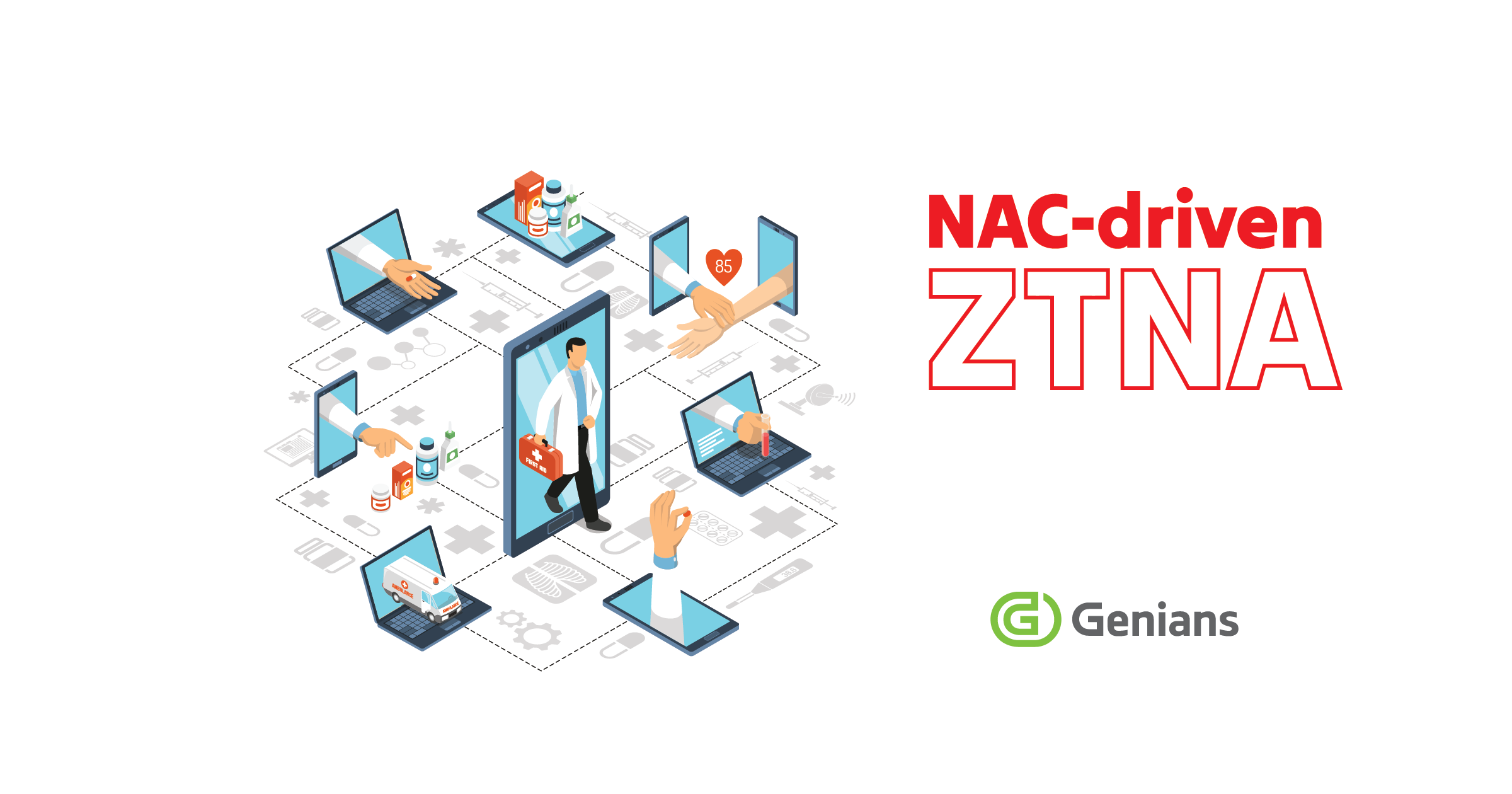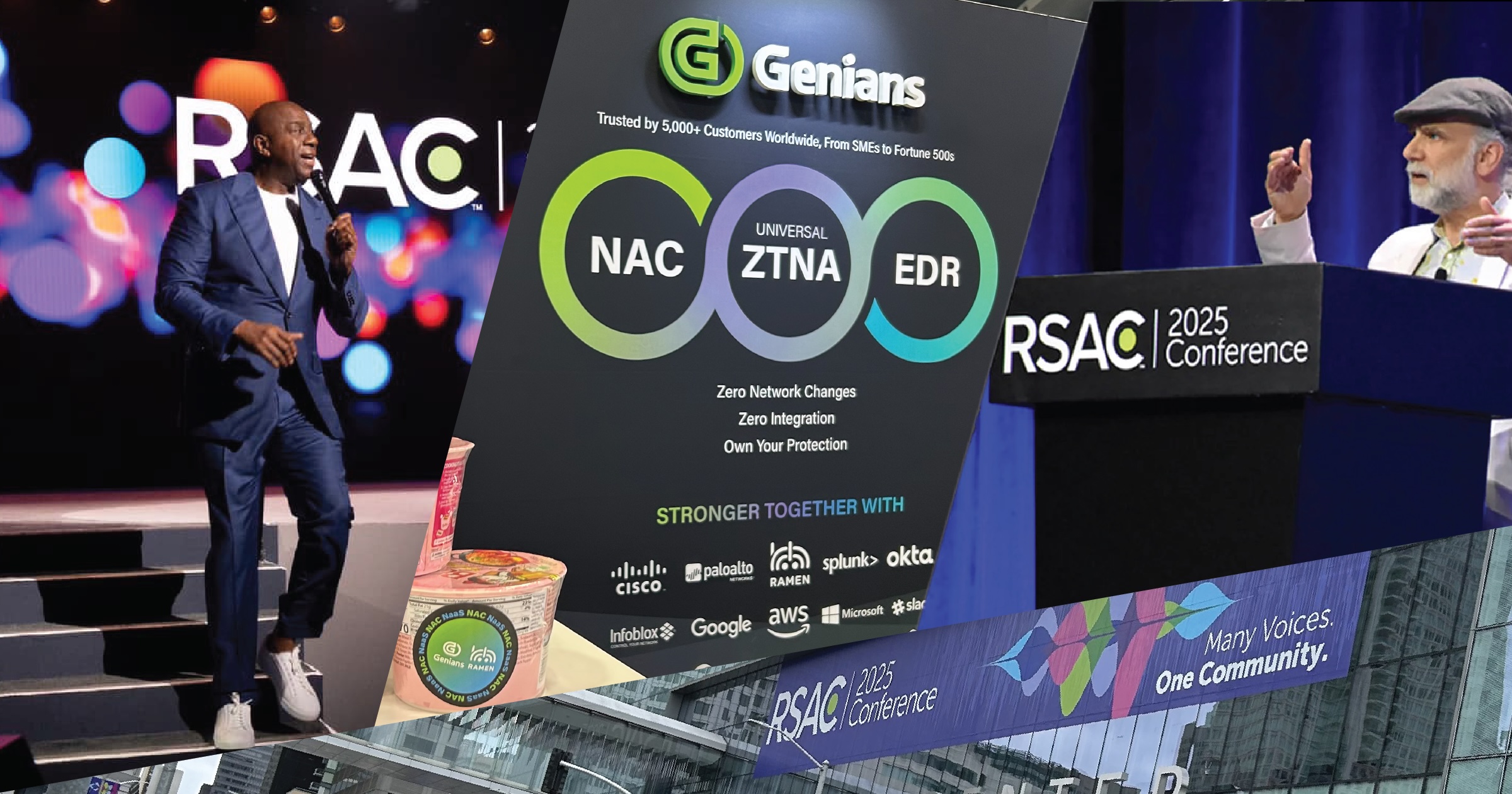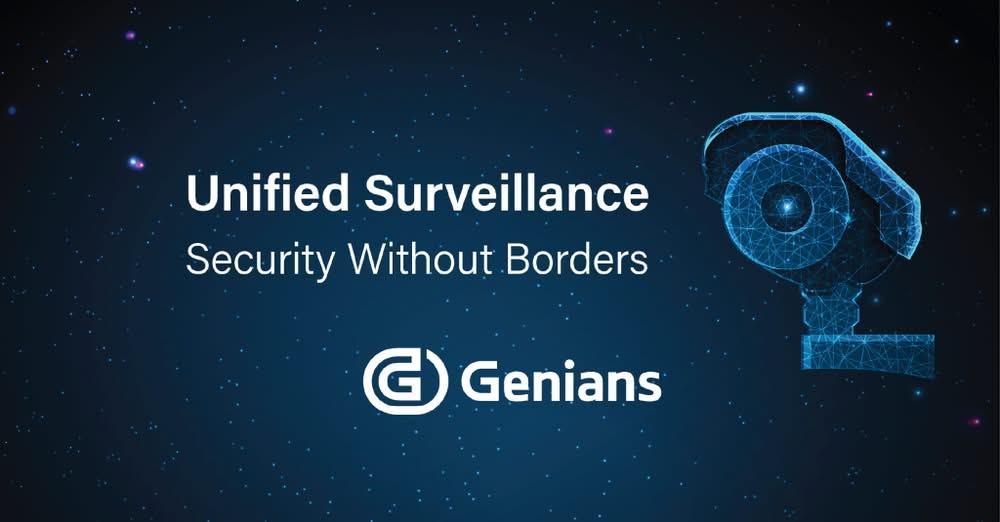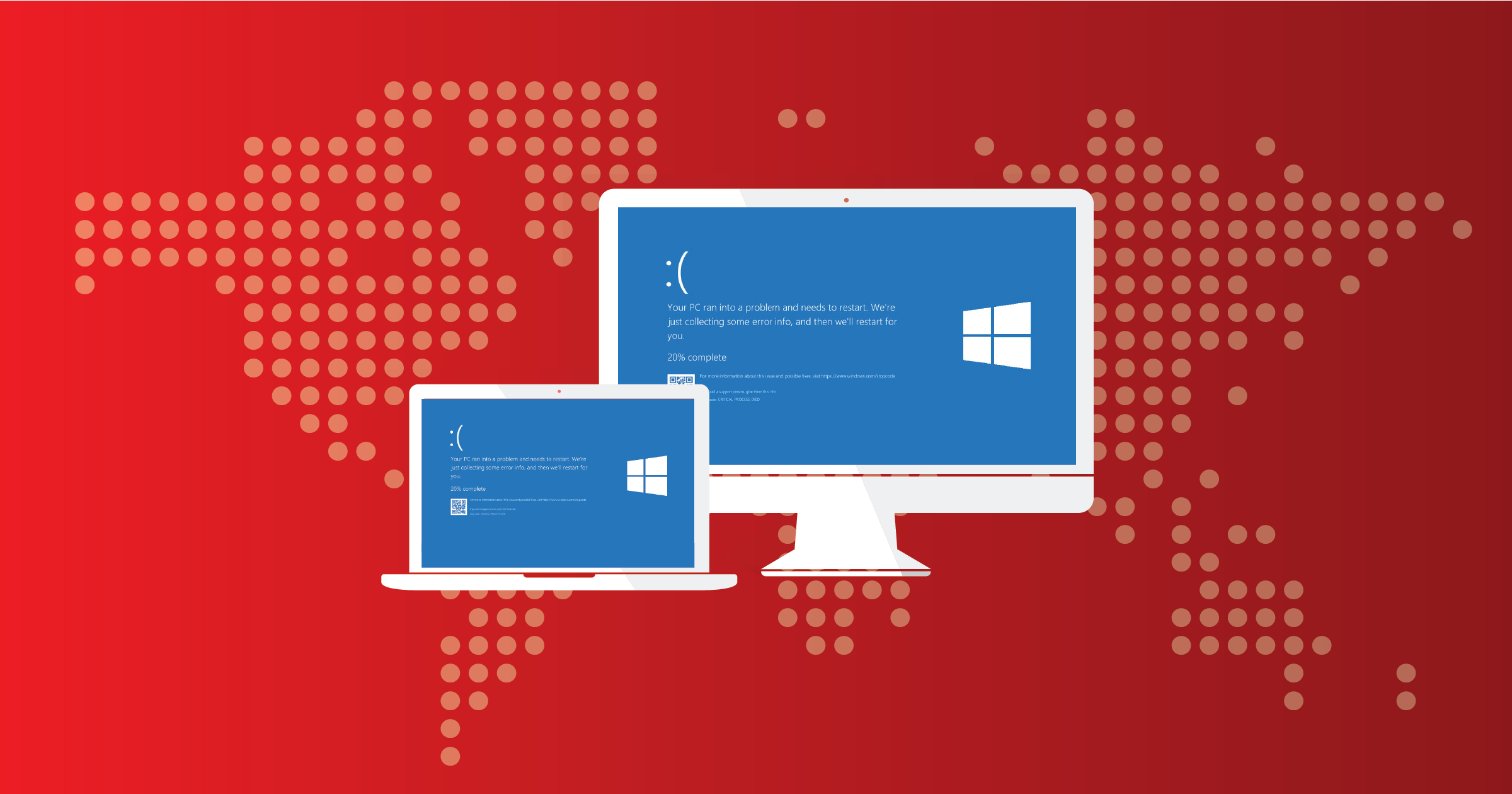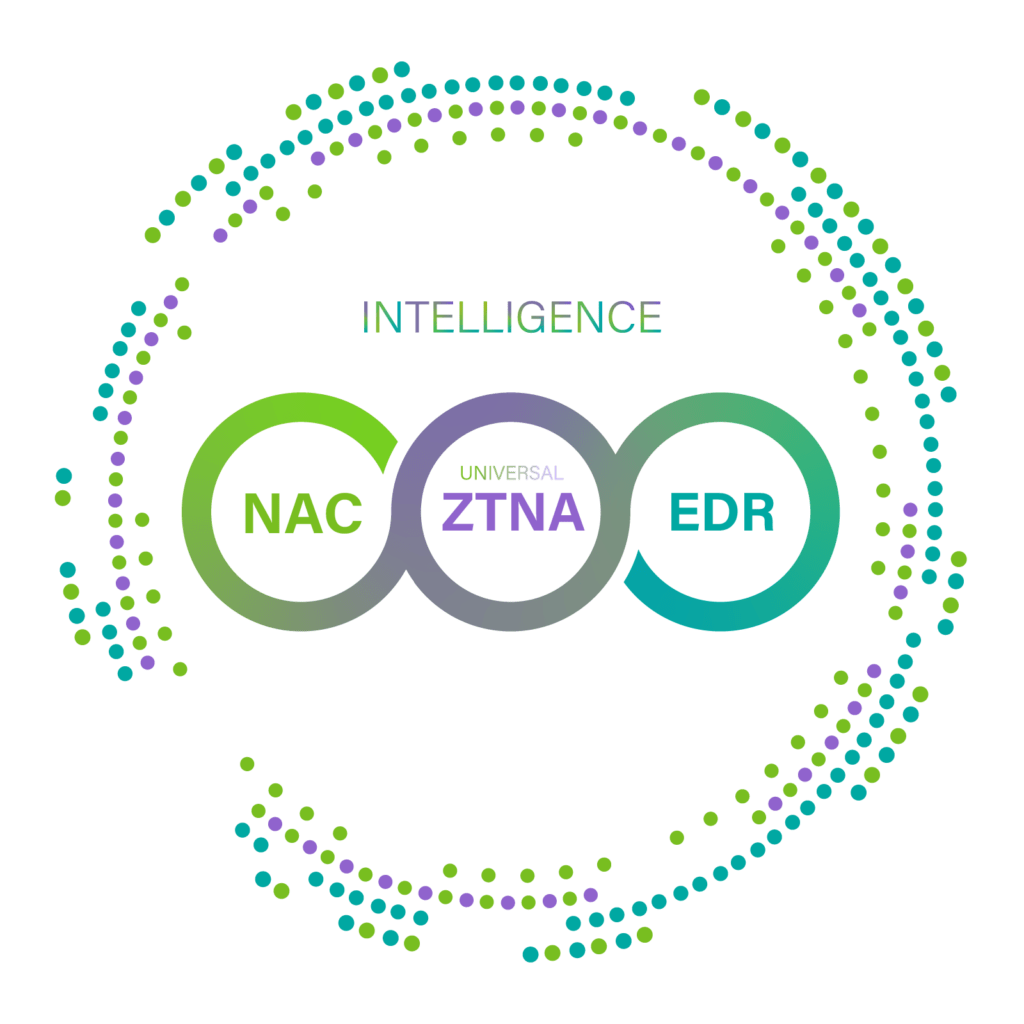In the fast-paced world of healthcare, where patient data security is paramount, organizations face the daunting task of safeguarding sensitive information. Maintaining a robust network infrastructure is key to achieving this goal. Indeed, to tackle this challenge successfully and comply with the regulatory requirements laid down by the Health Insurance Portability and Accountability Act (HIPAA), organizations are turning to advanced security solutions like Network Access Control (NAC) and Zero Trust Network Access (ZTNA). In this article, we delve into how the combination of NAC and ZTNA creates a powerful security framework, ensuring HIPAA compliance and fortifying healthcare environments against evolving cyber threats.
Securing Access with NAC
For healthcare organizations striving to comply with HIPAA regulations, NAC serves as a foundational security requirement. By implementing NAC, organizations establish robust access control policies, limit network access to authorized personnel, and safeguard patient data. NAC’s granular control over user authentication, device validation, and compliance enforcement aligns seamlessly with the stringent security requirements of HIPAA, helping healthcare facilities maintain data privacy and protect against unauthorized access and breaches.
Going Beyond Traditional Security with ZTNA
To further bolster HIPAA compliance, healthcare organizations are augmenting their NAC implementation with ZTNA. ZTNA’s “never trust, always verify” approach ensures that access is granted based on user identity, device health, and contextual factors. This dynamic access control eliminates the implicit trust traditionally associated with network access, enhancing security by allowing access on a per-session and per-application basis. By integrating ZTNA into their security framework, healthcare organizations fortify their defenses against sophisticated threats, enhancing HIPAA compliance and patient data protection.
Dynamic Access Control
In today’s healthcare landscape, where healthcare professionals rely on multiple devices and work from various locations, ZTNA provides a user-centric solution in line with HIPAA requirements. By considering real-time contextual factors such as user behavior, device integrity, and locations, ZTNA dynamically determines access privileges. This adaptive approach ensures secure connectivity for healthcare professionals, regardless of the device or network used, minimizing the attack surface and mitigating potential HIPAA compliance risks.
Micro-Segmentation
The combination of NAC and ZTNA empowers healthcare organizations to implement micro-segmentation within their network, a crucial component of HIPAA compliance. Micro-segmentation divides the network into isolated segments, thereby allowing for the restriction of lateral network traffic, eliminating so-called “east-west” threat activity. By isolating critical resources and containing potential breaches, healthcare enterprises can effectively reduce both the number and the impact of security incidents –in the process preventing unauthorized access to sensitive data and bolstering HIPAA compliance overall.
Securing Cloud and Hybrid Environments
As healthcare organizations increasingly adopt cloud services and hybrid environments, securing access to resources becomes paramount for HIPAA compliance. ZTNA seamlessly facilitates secure connections to on-premises systems, cloud-based applications, and SaaS platforms. Healthcare professionals can confidently access patient records, collaborate remotely, and provide telehealth services, knowing that their connections comply with HIPAA regulations and are protected by the combined power of NAC and ZTNA.
By combining the foundational control of NAC with the granular, user-centric approach of ZTNA, healthcare facilities can establish a robust security framework that safeguards their digital assets while delivering exceptional patient care. However, while the NAC plus ZTNA combination provides numerous benefits, there are some potential downsides to consider: implementation complexity, disruption to workflow, compatibility issues, false positives and negatives, administrative overhead, and cost.
Genians has fully acknowledged the downsides and revamped its solution to solve these challenges. Indeed, Genians nicely combines NAC and ZTNA to create a dynamic duo that empowers healthcare organizations to enhance network security, protect patient data, and comply with HIPAA regulatory core requirements.
Stay ahead of the curve, fortify your healthcare environment, and embrace the power of NAC and ZTNA to secure the future of healthcare.


